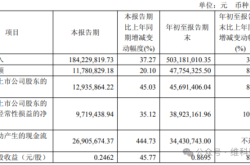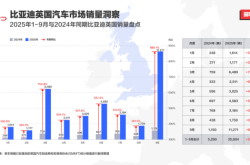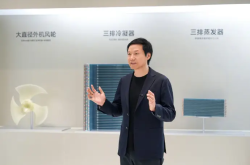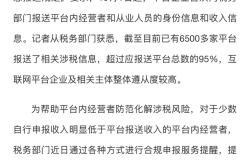How long can the "fixed price" car sales strategy last?
![]() 03/24 2025
03/24 2025
![]() 544
544
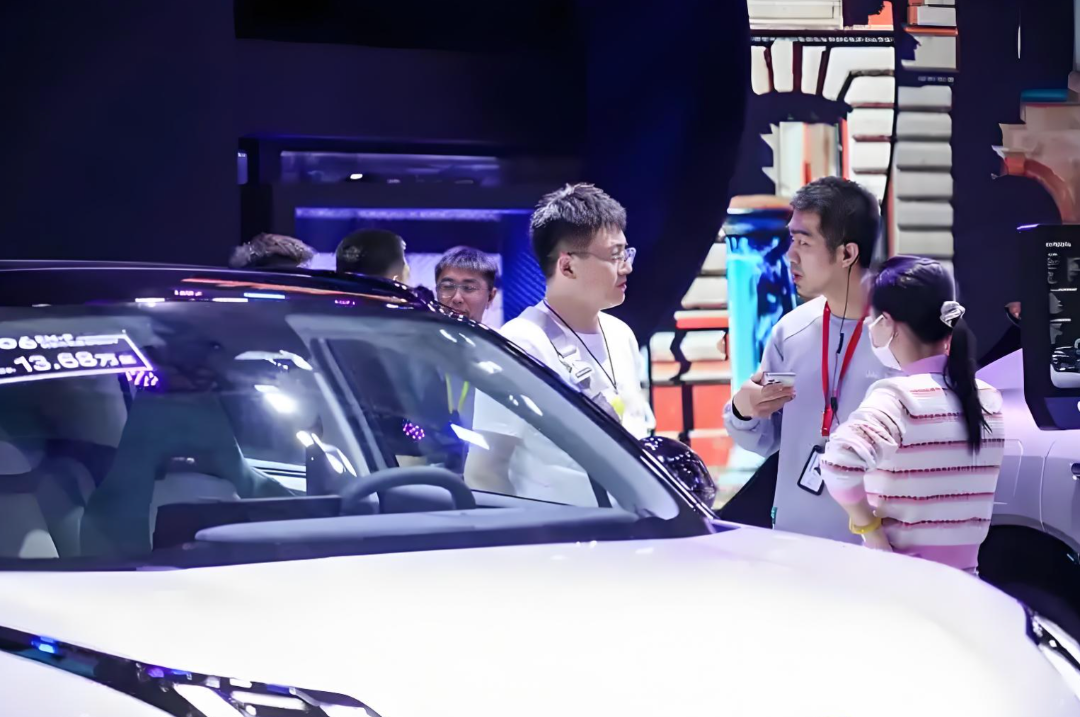
Introduction
"Fixed price" strategy: a sweetener for automakers' sales growth, or a poison wager on the future?
"Envision S Platinum Edition fixed price of 139,900 yuan..."
On March 18, the Envision S Platinum Edition was launched, and SAIC-GM's "fixed price" strategy continued with this model.
Since the Buick Regal entered the market with a starting price of 129,800 yuan in September last year, Buick, which once dominated the mid-to-high-end car market with its "Double Regal Strategy", has attempted to break through industry perceptions with price floors. Since then, there have been price adjustments across the lineup, from the Excelle dipping into the 80,000 yuan range to the Buick GL8 officially dropping by 40,000 yuan, the Micro Blue 6 electric car falling below 100,000 yuan, and the LaCrosse facelift price reduction...
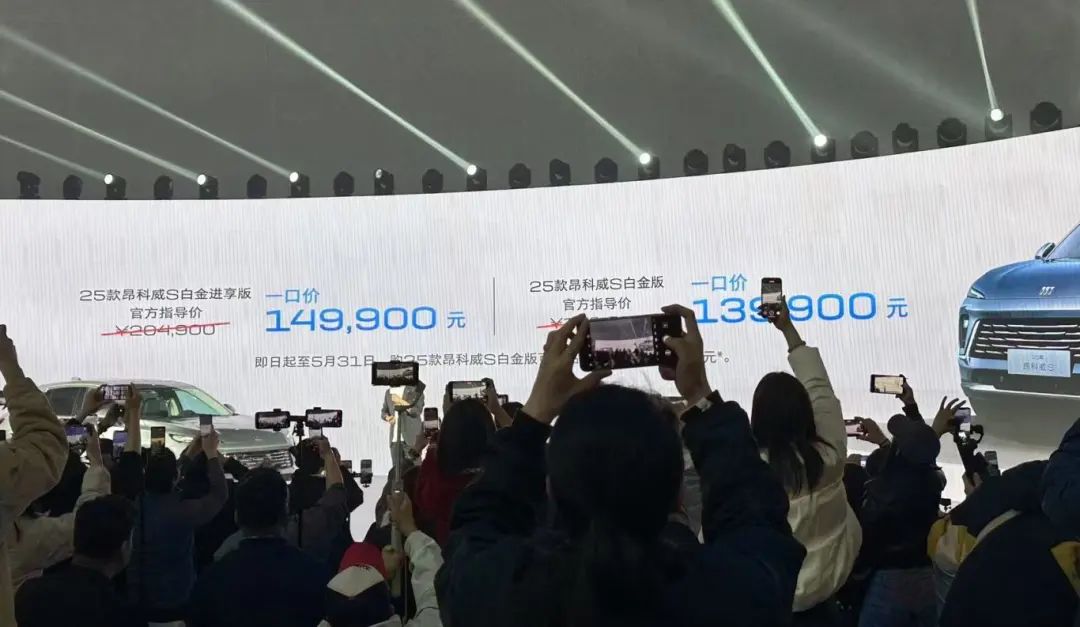
It can be said that Buick's newly constructed pricing matrix is rewriting the rules of competition in China's automotive market in a way that reflects its brand personality. This pricing revolution initiated by Buick also reflects the collective anxiety and breakthrough attempts of the joint venture camp.
Of course, these attempts have been effective.
With the support of the "fixed price" strategy, SAIC-GM achieved cumulative sales of 673,000 vehicles last year, ending on a high note despite a challenging start. In December of last year, SAIC-GM's sales increased by 9.4% month-on-month, setting a new monthly sales record for the year and achieving six consecutive monthly increases. Among them, Buick Envision family sales exceeded 20,000 units in December; Buick GL8 family sales exceeded 100,000 units in 2024; and sales of new energy vehicles reached 105,000 units in 2024, an increase of 56% year-on-year.
It is SAIC-GM's successful experiment that has made "fixed price" a key buzzword in the automotive market this year, with both joint venture and domestic brands joining the price war, including SAIC Volkswagen, FAW-Volkswagen, GAC Toyota, Dongfeng Nissan, Beijing Hyundai, and other mainstream brands following suit.
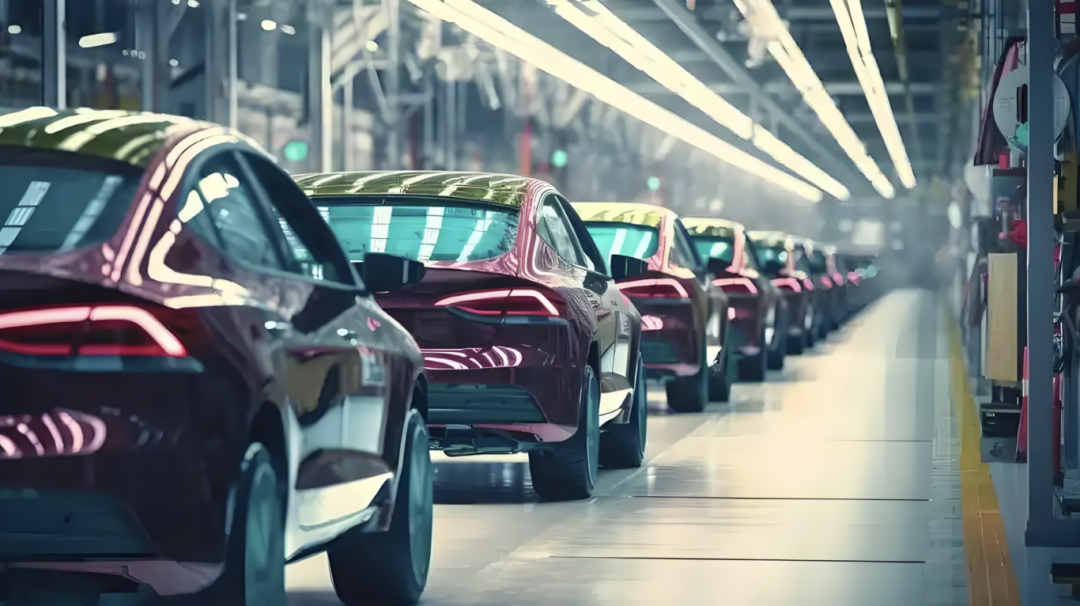
However, as more and more automakers follow suit and there are more and more "fixed price" models, with concerns that "everyone has a fixed price, so no one is actually discounted," how long will "fixed price" continue to impress consumers? Meanwhile, for automakers, is this "fixed price" strategy centered on price reductions a sweetener for sales growth, or a poison wager on the future?
01 Short-term Effects and Long-term Risks
At the corporate level, SAIC-GM has wholeheartedly embraced the "fixed price" strategy. From the perspective of individual models, it was SAIC Volkswagen that took the lead in unveiling the fixed-price Tharu X-Trail at the Chengdu Auto Show.
The Tharu X-Trail, which rolled off the Chengdu Auto Show stand and into 4S stores with a "fixed price," helped the Tharu family exceed 20,000 orders in its first month on the market and exceeded 10,000 monthly sales after its launch. In December last year, the Tharu X-Trail led the Tharu family to sales of over 18,000 units, driving an increase in SAIC Volkswagen's fuel vehicle market share against the trend.
SAIC Volkswagen's success with "fixed price" is similar to that of SAIC-GM, making it a textbook case for the transformation of traditional automakers.
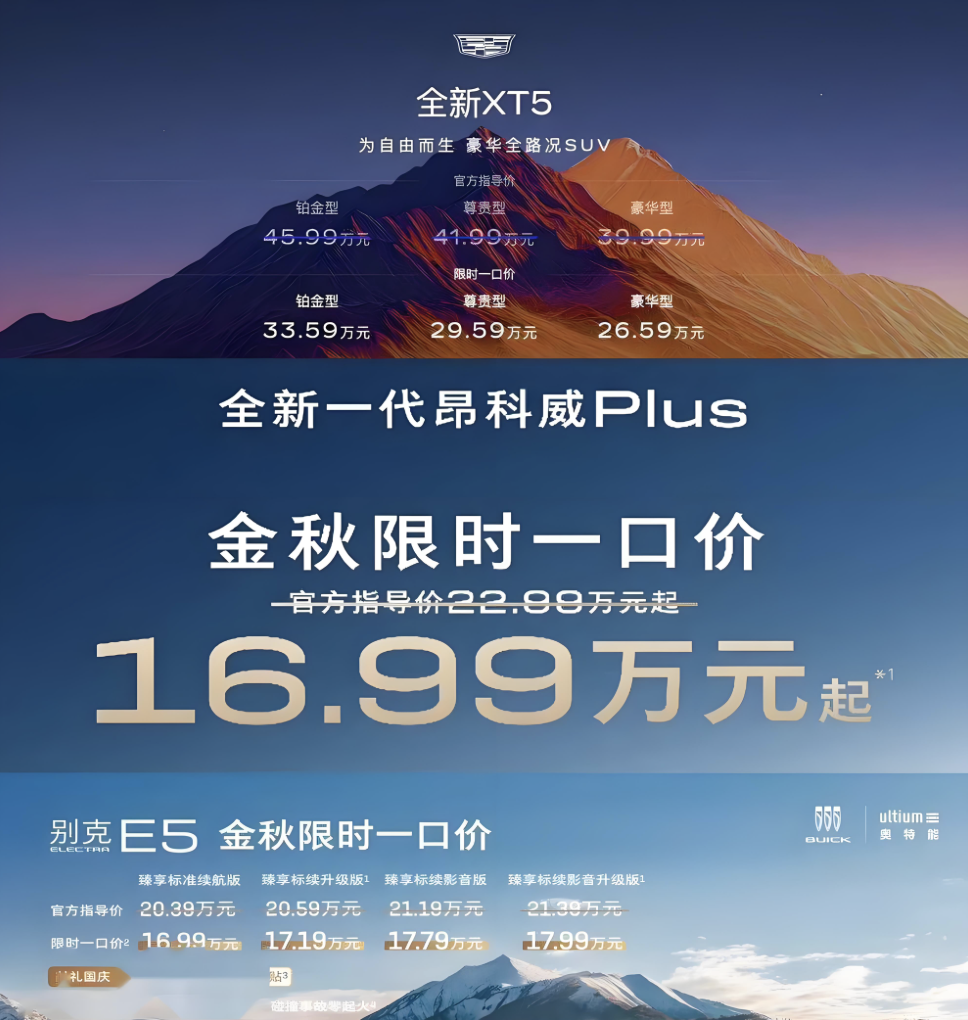
The "fixed price" strategy successfully eliminates uncertainty in terminal prices and caters to consumers' demand for transparent consumption. For example, SAIC-GM reduced the price of the Regal to 106,900 yuan, and Volkswagen ID.4 CROZZ attracted buyers with a "fixed price" of 149,900 yuan. Although the actual transaction price may be lower, the price tag itself creates a psychological impact. This strategy is particularly suitable for models with high inventory pressure and existing brand appeal, such as SAIC-GM's Cadillac XT5 and Buick GL8.
In contrast, the chaotic terminal prices of traditional dealers lead to higher bargaining costs for consumers. Through "fixed price," automakers regain pricing power and reduce vicious competition among dealers. Especially for many second-tier luxury brands, strict supervision of dealers ensures price uniformity, thereby maintaining brand image.
If we only consider the results, we can even say that the "fixed price" pricing strategy, with its impressive sales performance, has shown joint venture automakers and even luxury brands a new path in the new era of competition. Because this strategy simplifies the bargaining process and reduces terminal prices, it does boost sales in the short term, which is unmatched by many other strategies.
However, when price reductions become the norm, automakers' profit margins are compressed, and brand value is gradually diluted, revealing underlying issues. The essence of "fixed price" is a price reduction promotion, and to maintain sales growth, companies have to sacrifice profits.
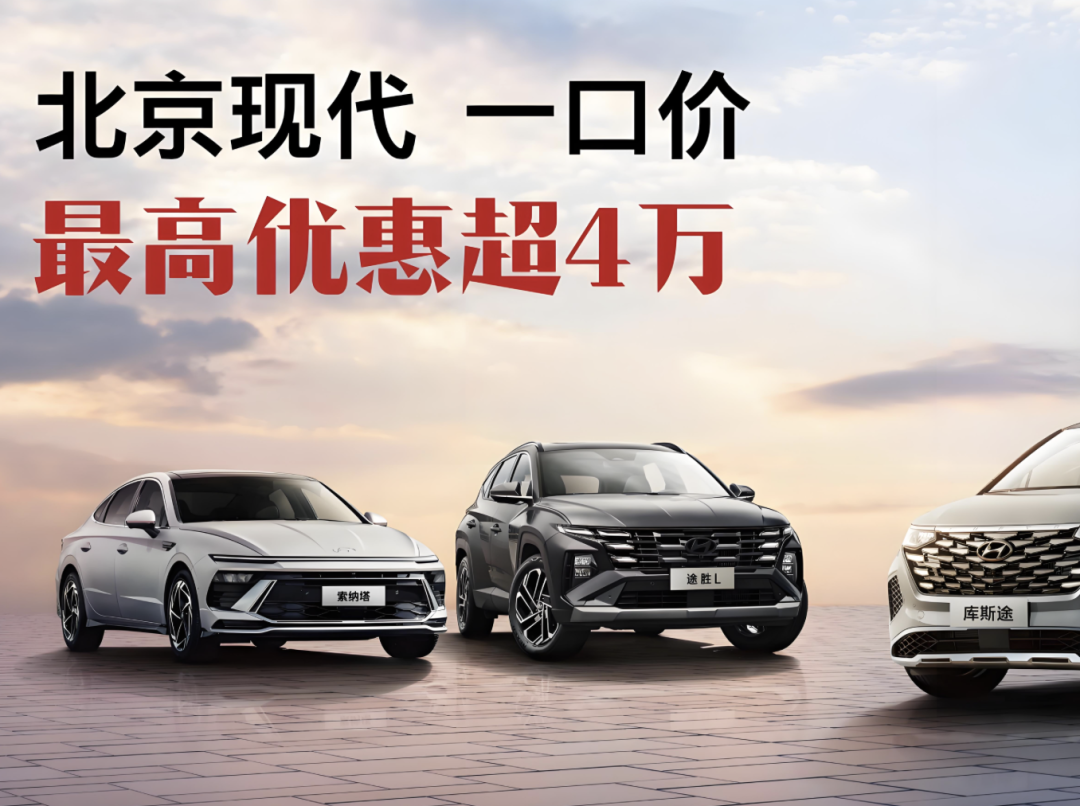
For example, after Beijing Hyundai reduced the price of the Kusto by 42,000 yuan, sales growth was limited, leaving the company in a dilemma of stagnant sales but declining profit per vehicle. Admittedly, domestic brands like BYD reduce costs through economies of scale and vertical integration, but joint venture brands are at a disadvantage due to declining technology premium capabilities.
More seriously, the pressure to reduce prices has been transmitted to the supply chain, with some automakers requiring suppliers to reduce prices by 10% or even lowering the quality standards of components, which may affect the long-term reliability of products.
At the same time, if prices are further reduced after the "fixed price," it will exacerbate consumers' wait-and-see attitude and collapse brand trust. Once trust is lost, subsequent strategies will be difficult to sustain, which is something automakers have to consider.
Moreover, as prices continue to drop, the issue of blurred brand positioning will become more prominent.
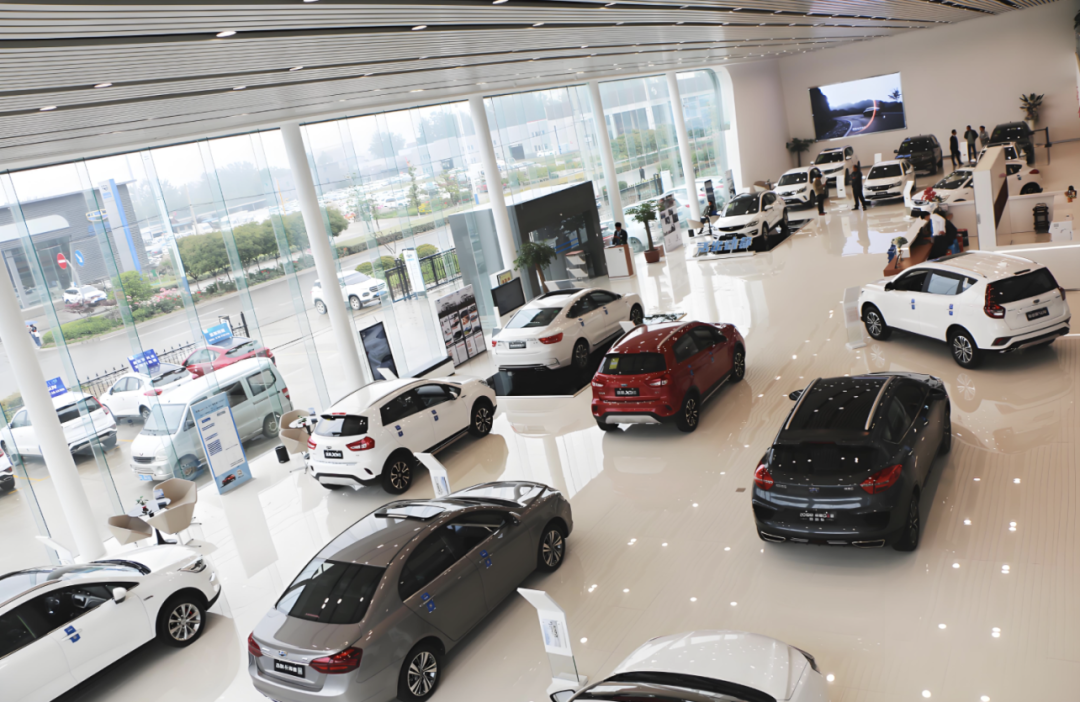
Among them, luxury brands such as Land Rover Discovery Sport are sold at a "fixed price" of 169,800 yuan, and Audi Q2L is reduced to 129,800 yuan. This "trading price for volume" strategy works in the short term but damages the brand's high-end image. In the long run, consumers may form a "waiting for discounts" mentality, as "70% off Cadillac, 60% off Jaguar" has become the norm in the market, and new cars are ignored when they are launched.
Obviously, relying solely on the "fixed price" of fuel vehicles is unsustainable. Automakers, especially joint venture automakers, need to continue to seek ways to break the deadlock. In a competitive environment with many obstacles, delivering an effective combination of punches is the hard truth.
02 "Cheaper" is Not the Optimal Solution
Automakers are not single-minded. When the entire market adopts "fixed price," many automakers have already decided to continue to compete on other levels.
For example, SAIC-GM, which has committed to "fixed price," plans to launch multiple new energy vehicle models from 2025 to 2027; SAIC Volkswagen is equipping vehicles with DJI's intelligent driving system; and GAC Toyota's BZ3X targets new forces with its lidar and 150,000 yuan pricing... These strategies show that some joint venture brands have realized the necessity of continuous transformation.
Because they know that the key to future competition is not simply price reductions, but rather in areas such as refueling efficiency and intelligent experience. These directions based on technology and actual driving experience are reflected in CATL's 6C fast-charging technology and Huawei's Kunlun intelligent driving, which are areas where the entire domestic camp is striving and where joint venture brands are weakest.
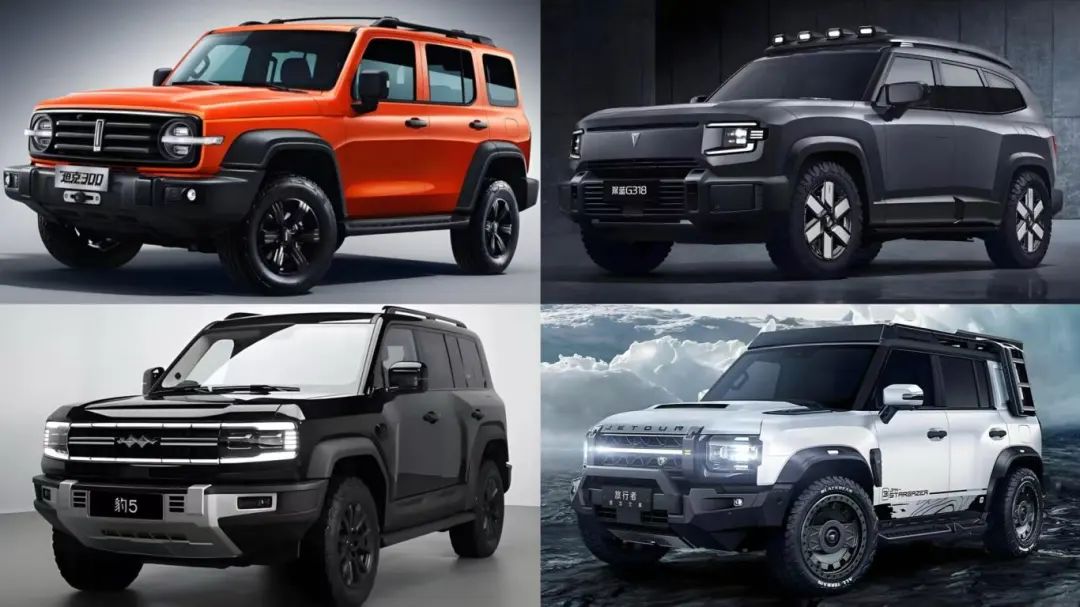
In addition, to avoid homogeneous competition, focusing on the needs of niche markets is undoubtedly one of the effective methods. For example, the Great Wall Tank series has captured 50% of the market share with its tough off-road positioning, and Chery iCAR has carved out a niche market with its unique design... Differentiation can not only reduce dependence on price wars but also enhance brand premium capabilities.
At the same time, there are also successful examples of joint venture brands optimizing costs and supply chain management.
Among them, BYD and Tesla continuously control costs through vertical integration of the supply chain and rely on large-scale production to reduce marginal costs. Xiaopeng Motors brought in Wang Fengying to oversee product planning, product matrix, and sales systems, proposing suggestions such as focusing on core product categories, reshaping marketing channels, investigating corruption, and reducing costs and increasing efficiency, successfully revitalizing Xiaopeng Motors after two years of stagnation.
Joint venture brands need to learn from such models and balance the relationship between price reductions and profits, rather than blindly squeezing suppliers or reducing configurations.

In short, "fixed price" is an expedient measure for automakers to survive in the existing market, but it is by no means a long-term solution.
Perhaps the current "fixed price" will generate impressive sales figures for the Envision S, and perhaps SAIC-GM and other automakers will continue to use this strategy. However, as competition in the automotive market shifts from "price competition" to "technology competition" and "experience priority," only those enterprises with advantages in intelligence, user experience, and cost control will be able to take the lead in the elimination round.
As industry insiders have said, 2025 will usher in a wave of mergers and acquisitions among automakers, and market share will further concentrate among the top players. For consumers, choosing brands with high sales and rapid technology iteration may be the optimal solution to avoid the risk of "automaker implosions."
Looking to the future, the deciding factor in the automotive industry will no longer be "who is cheaper" but "who is more reliable" and "who is irreplaceable."
Editor-in-Charge: Shi Jie, Editor: He Zengrong

